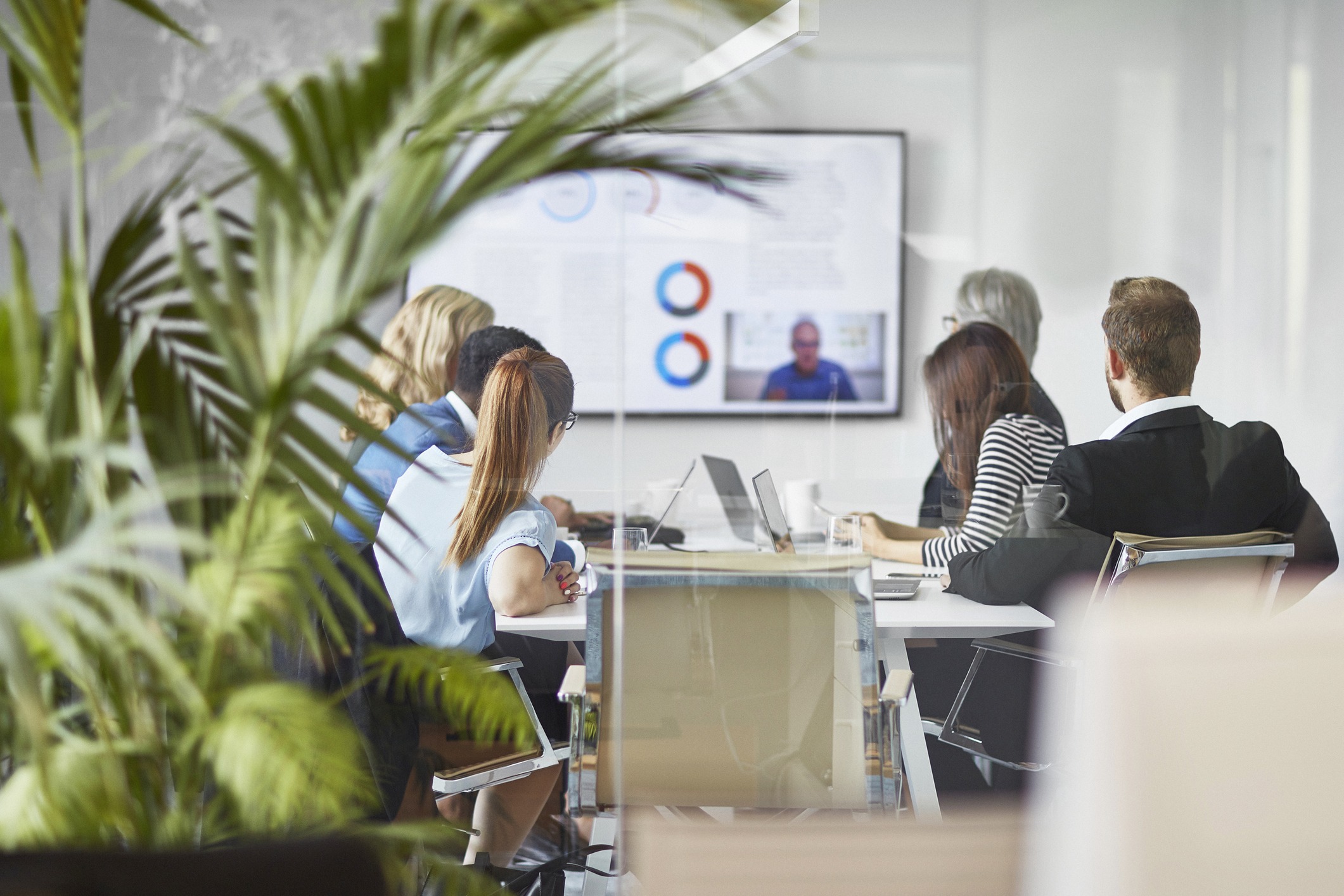Inclusive and Accessible Virtual Events

This is where impactful D&I work comes in. Right now, audiences are asking for two things from company communications: to be responsible and to be mindful. Setting yourself apart doesn’t require the flashiest activation, but rather the most awareness of your responsibility to the audiences you serve, and the most mindful approach to your work.
Here are a few recommendations to ensure your virtual events and activations take all angles into consideration.
Seen and heard
For any video event, follow best practices like providing inclusive transcript and presentation materials that are ADA compliant and available in multiple languages. Basic steps like including written descriptions of presentation images and increasing color contrast to ensure text stands out can make real differences. And tools like Microsoft Presentation Translator can help breakdown language barriers, even if you don’t have in-house translation capabilities. Of course, not all accommodation plans will look the same for every audiences – you can send out a survey to attendees beforehand to make sure that you provide the right materials ahead of time. This will ensure that all virtual event attendees have access to the tools they need to receive information and to engage – it will also help moderators avoid necessary interruptions that have to be addressed mid-presentation.
Consider your audience’s environment








